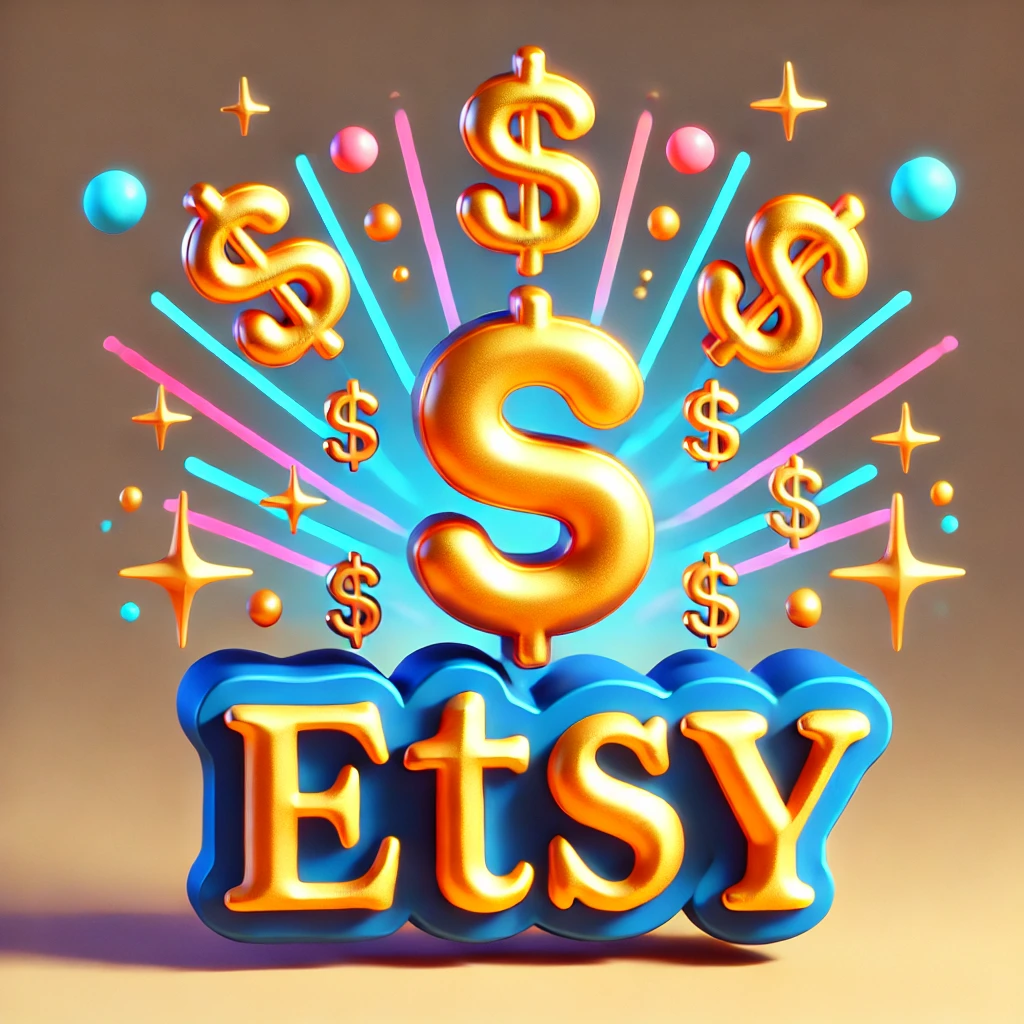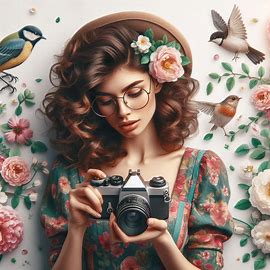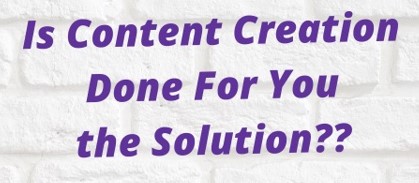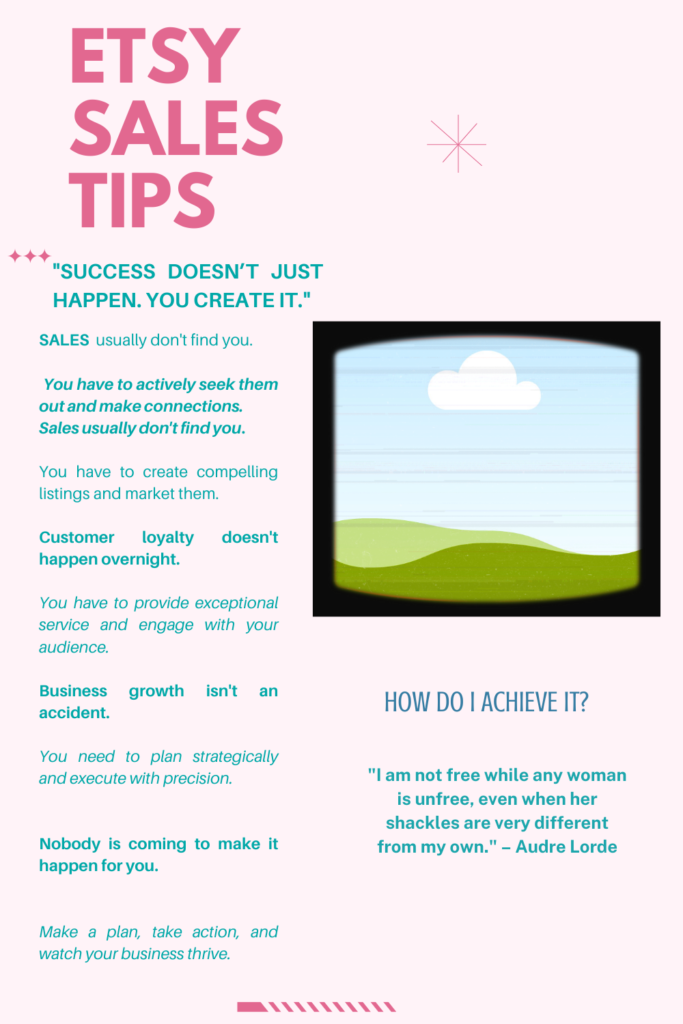Between Classic Literary Techniques and Modern Content Creation
We discuss bridging the gap of Classic literary techniques with such techniques as storytelling, character development, and narrative structures, as they have long been the cornerstone of engaging literature. These techniques, deeply rooted in human psychology and culture, possess a timeless quality that transcends generations. In the digital age, where attention spans are fleeting and content is consumed rapidly, the relevance of these classical methods has only intensified. They offer a blueprint for creating compelling and memorable content that resonates with audiences on a deeper level.
Storytelling, for instance, is not merely about recounting events but about weaving a tapestry that evokes emotions and connections. Character development adds depth, allowing audiences to form attachments and invest emotionally in the narrative. Structured narratives provide coherence and flow, guiding the audience through a journey with a clear beginning, middle, and end. These elements, when employed effectively, can transform mundane content into something truly captivating.
Enter Pinterest, a powerful visual search engine and content discovery platform that has become indispensable for modern content creators. Particularly beneficial for Etsy store owners, Pinterest offers an array of tools to enhance engagement and drive traffic. By integrating classic literary techniques into their Pinterest strategies, content creators can craft pins and boards that tell stories, create emotional bonds, and guide viewers through a cohesive narrative experience.
Professional examples of using Pinterest boards
For example, an Etsy store selling handcrafted jewelry can use Pinterest boards to narrate the story behind each piece, introduce the artisans, and take viewers on a journey through the creation process. This approach not only showcases the products but also builds a connection with the audience, making the content more relatable and engaging. As we delve deeper into this blog post, we will explore how these timeless literary techniques can be harnessed to elevate your Pinterest strategy, bridging the gap between classic literature and modern content creation.
Practical Applications to bridging the gap of Literary Techniques on Pinterest
Integrating classic literary techniques into Pinterest strategies can significantly enhance the impact of your content. One effective method is crafting compelling Pin descriptions using narrative elements. By weaving a story into your descriptions, you can captivate your audience’s attention and evoke emotions. For instance, instead of simply describing a recipe, narrate a short scenario where the dish is enjoyed at a family gathering or a cozy evening. This not only makes the Pin more relatable but also encourages users to engage through repins and comments.
Creating engaging Pinterest boards
Creating engaging Pinterest boards that tell a story is another powerful technique. Think of each board as a chapter in a book, with each Pin contributing to the overall narrative. For example, a fashion blogger might curate a board that showcases the evolution of summer styles, starting from vintage looks to contemporary trends. The cohesiveness of such a board can entice users to follow and explore more of your content, enhancing your Pinterest presence.
Character-driven content is also a valuable approach to connect with your audience. By developing and showcasing personas that resonate with your followers, you can create a deeper level of engagement. For instance, a travel blogger could introduce characters like ‘The Adventurous Explorer’ or ‘The Cultural Enthusiast’, each sharing their unique travel experiences and tips. These characters can appear in multiple boards and Pins, creating a sense of continuity and familiarity for your audience.
Real-world examples of successful Pinterest accounts that effectively use these techniques include lifestyle influencers who frequently narrate personal stories in their Pin descriptions and curate well-organized boards. Additionally, brands like Anthropologie and Airbnb excel in visual storytelling, combining striking images with evocative text to create a compelling narrative.
The importance of visual storytelling cannot be overstated. While textual elements are crucial, they must be complemented by high-quality, visually appealing images that align with the story being told. This synergy between text and visuals helps to create a more immersive experience for the user, leading to higher engagement and a stronger connection with your audience.
Exercises to Enhance Your Pinterest Content Using your ability to bridging the gap of Literary Techniques
Integrating classic literary techniques into your Pinterest content can significantly elevate your engagement and reach. Here are some guided exercises designed to make these techniques second nature for content creators.
Exercise 1: Creating a Storyboard for a Pinterest Board
Start by selecting a theme for your Pinterest board. This could be anything from “Summer Fashion Trends” to “DIY Home Decor.” Next, create a storyboard that outlines the narrative arc of your board. Break it down into beginning, middle, and end. For instance, if your board is about Summer Fashion, you might start with pins showcasing early summer wardrobe essentials, move to mid-season must-haves, and conclude with late summer sale items. Use vivid imagery and cohesive Pin descriptions to guide your audience through this visual story.
Tip: Ensure each Pin naturally leads to the next, maintaining a narrative flow. This keeps your audience engaged and encourages them to explore your entire board. Using our techniques to bridging the gap from Classic Literary Techniques and Modern Content Creation.
Exercise 2: Writing a Character Backstory for a Product
Choose a product you want to feature and write a character backstory that personifies it. Imagine the product as a character in a story. What is its origin? What challenges has it faced? How does it solve a problem or fulfill a need for the user? For example, if you’re promoting a vintage travel bag, you could create a backstory about its journey through various cities, highlighting its durability and style.
Tip: Use this backstory in your Pin descriptions to add depth and intrigue, making the product more relatable and memorable to your audience.
Exercise 3: Practicing the Use of Descriptive Language in Pin Descriptions
Descriptive language can paint a vivid picture in your audience’s mind, making your Pins more engaging. Take a series of Pins and write descriptions that employ sensory details—what it looks, feels, smells, or sounds like. If your Pins are about a beach vacation, describe the “crystal-clear water,” the “warm, golden sand,” or the “soothing sound of waves.” This makes your content more immersive and appealing.
Tip: Balance descriptive language with SEO best practices. Include relevant keywords naturally to improve discoverability without compromising the quality of your descriptions.
By practicing these exercises, you’ll find that integrating classic literary techniques into your Pinterest content becomes more intuitive, ultimately enhancing your engagement and reach.

Case Studies: Real-World Examples of Successful Pinterest Strategies
In the realm of digital marketing, Pinterest has emerged as a powerful platform for brands to blend classic literary techniques with modern content creation. This section explores real-world examples that illustrate this phenomenon, offering inspiration and practical insights for content creators.
One notable case study comes from an Etsy store specializing in handmade jewelry. The store owner utilized storytelling, a classic literary technique, to craft compelling Pinterest pins. Each pin was not merely a product image; it was a narrative that connected the jewelry piece to a broader story. For instance, a pin featuring a vintage-inspired necklace included a brief story about its historical influences and the timeless elegance it embodies. This strategy resulted in a significant increase in engagement and a 40% boost in traffic to the Etsy store. The key takeaway here is the power of storytelling to create an emotional connection with the audience, making the product more memorable and desirable.

Another successful example is a home decor brand that employed the use of visual metaphors on Pinterest. By pairing images of their products with evocative, metaphorical descriptions, they were able to convey the essence and ambiance of their offerings in a more impactful way. An example of this is a pin featuring a cozy reading nook, described as “a sanctuary for the soul.” This approach not only attracted more followers but also led to a 25% increase in sales. The lesson learned is the effectiveness of visual metaphors in enriching the narrative and enhancing the perceived value of the product.
The power of episodic content
Furthermore, a fashion retailer leveraged the power of episodic content, another classical literary technique, to sustain audience interest over time. They created a series of pins that unfolded a seasonal fashion story, with each pin acting as a chapter. This episodic approach kept the audience anticipating the next update, resulting in higher retention rates and increased repinning activity. The takeaway here is the potential of serialized content to build a loyal and engaged following.
These case studies demonstrate that by integrating classic literary techniques into modern content creation on Pinterest, brands can achieve remarkable results. The actionable insights are clear: use storytelling to create emotional connections, employ visual metaphors to enrich narratives, and consider episodic content to maintain audience interest. By adopting these strategies, content creators can enhance their Pinterest and Etsy endeavors, bridging the gap between timeless literary methods and contemporary digital marketing.




